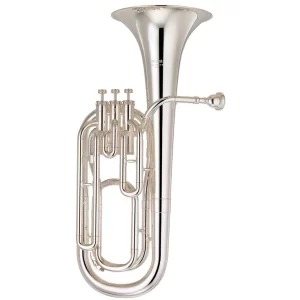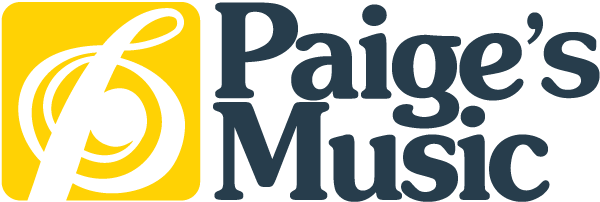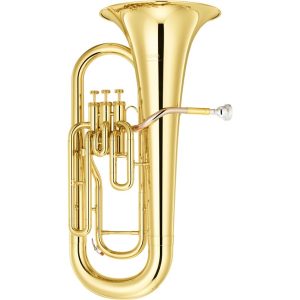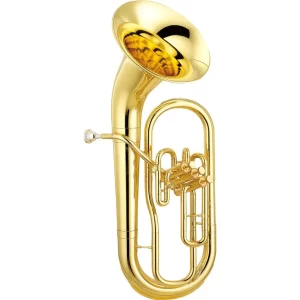The Euphonium vs. Baritone: Unraveling the Musical Mystery
Explore the nuanced differences between the euphonium and baritone, a question that stirs curiosity among musicians and enthusiasts alike.
“Oh, you’re a musician? What instrument do you play?”
It’s a simple enough question. And it’s one that, for 99.9 percent of musicians, has a simple answer. Unfortunately, we euphonium players make up a fair portion of that .1 percent. I can’t tell you how many times I’ve said to someone, “I play the euphonium,” only to be met with a confused pause, followed by the inevitable, “What’s that?”
My response to that response is almost always one of two: either “it’s like a baby tuba,” (usually gets a chuckle) or “…the baritone?”
Aha! The recognition I see in the other person’s eyes tells me I’ve cracked the code for them. They know what a baritone is. Maybe they played it in middle school? Or knew someone who did? Or their child does? Or did? Whatever the case, these interactions touch on an all-too-common question, even within the band world:
“What is the difference between a baritone and a euphonium?”
Are they the same instrument? Is one a bigger version of the other? Does one have more valves? Or even more bells??

Yamaha YBH-301S Baritone Horn. More common in British Brass Bands, you’ll rarely see this in American classrooms.
Unfortunately, the answer is as complicated as it is simple. Some purists will try to correct you if you say “baritone.” But then, why do most concert band parts say “baritone” in the upper left corner? Truthfully, lot of the distinction depends on what country you’re from – specifically, are we looking at British traditions or American ones? Let’s examine this a little bit deeper. In 19th century America, the concert band – or military band – as we know it today more or less solidified into its current form. In that tradition, the euphonium was referred to as the “baritone horn” and usually had a forward-facing bell and valves. (The double-bell euphonium was eventually adopted as well – an interesting instrument, but ultimately it didn’t catch on in the mainstream.) Following this tradition, “baritone” is still widely used in school band programs across America and in published concert band music. It’s still a euphonium, though – two words, same instrument!
In Great Britain, however, the euphonium is deeply ingrained in the tradition of brass banding. British brass bands became popular during the 19th century as a way to foster a sense of community among workers in mines, mills, and other industrial trades that developed throughout the country. In these types of bands (which are still prevalent to this day and will perhaps be the topic of a future article!), the baritone and the euphonium are two distinct instruments. The euphonium is the instrument that we in the States refer to with either word, while the baritone is smaller overall, has a “conical” bore rather than a cylindrical one, and produces a sound that to me feels like a marriage of a trombone and a euphonium. You’ll almost never see a British baritone in an American school band room.
So, what’s the verdict? What does all this mean? Should you call your instrument a baritone or a euphonium?
My completely subjective answer is: call it whichever you want! You’re not technically wrong either way! And if someone tries to correct you, tell them I said it was OK.




No Comments